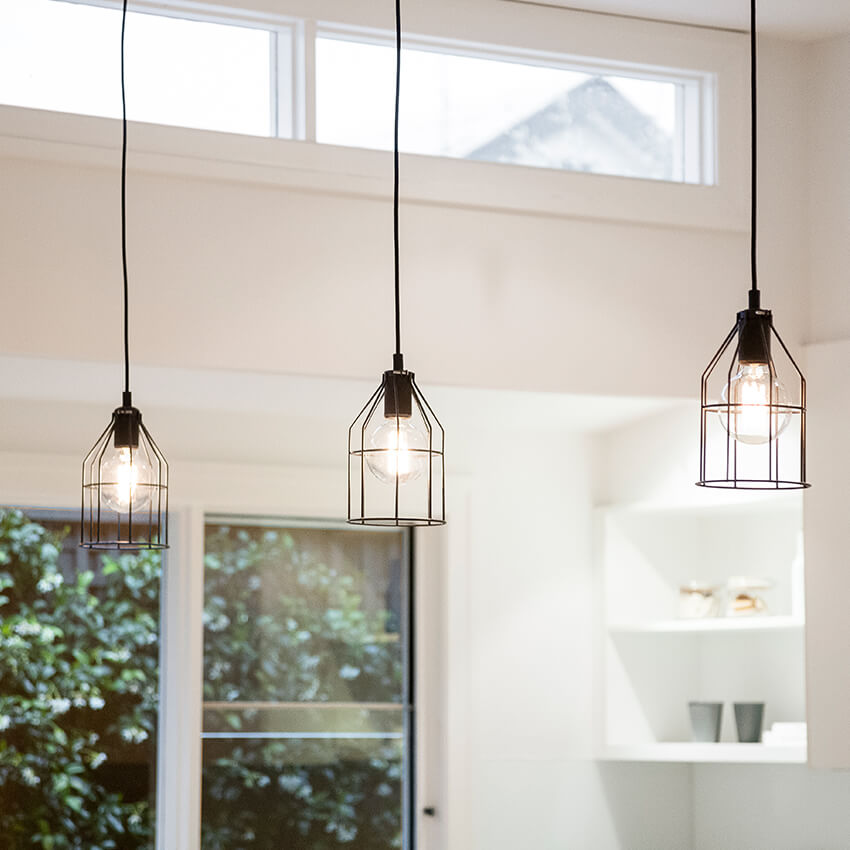Lighting refers to the design and installation of fixtures and systems that provide illumination in indoor and outdoor spaces. Proper lighting is essential for creating a comfortable and functional environment, enhancing safety, and setting the mood in various settings. There are several key aspects of lighting:
- Types of Lighting Fixtures:
- General or Ambient Lighting: Provides overall illumination to a space, ensuring it is well-lit for everyday activities. Examples include ceiling fixtures, recessed lights, and chandeliers.
- Task Lighting: Offers focused and brighter light for specific tasks, such as reading, cooking, or working. Task lighting can include desk lamps, under-cabinet lights, and pendant lights.
- Accent Lighting: Used to highlight specific objects, architectural features, or create a visual focal point. This includes track lighting, wall sconces, and picture lights.
- Decorative Lighting: Aesthetic fixtures that add style and ambiance to a space. These can be decorative chandeliers, pendant lights, or decorative lamps.
- Light Bulb Types:
- Incandescent Bulbs: Traditional bulbs that produce warm, soft light. They are less energy-efficient but still widely used.
- LED Bulbs: Highly energy-efficient and long-lasting bulbs with a range of color temperatures, suitable for various applications.
- CFL Bulbs: Compact fluorescent bulbs, more energy-efficient than incandescents but with a different light quality.
- Halogen Bulbs: Provide a bright, white light and are often used for task lighting.
- Lighting Design: Proper lighting design takes into account the function of the space, aesthetics, and energy efficiency. It involves choosing the right fixtures, bulbs, and placement to achieve the desired illumination and ambiance.
- Outdoor Lighting: Lighting for outdoor spaces such as gardens, pathways, driveways, and façades is crucial for safety and aesthetics. Outdoor lighting can include floodlights, path lights, and wall-mounted fixtures.
- Smart Lighting: With advances in technology, smart lighting systems allow users to control the brightness, color, and scheduling of their lights using smartphone apps or voice commands.
- Energy Efficiency: Modern lighting solutions often focus on energy efficiency to reduce electricity consumption and minimize environmental impact.
Lighting design can greatly impact the mood and functionality of a space. Whether it’s a well-lit office for productivity, cozy and warm lighting for a living room, or bright outdoor lighting for security, the choice of fixtures and the quality of lighting can have a significant effect on the overall atmosphere and user experience.

